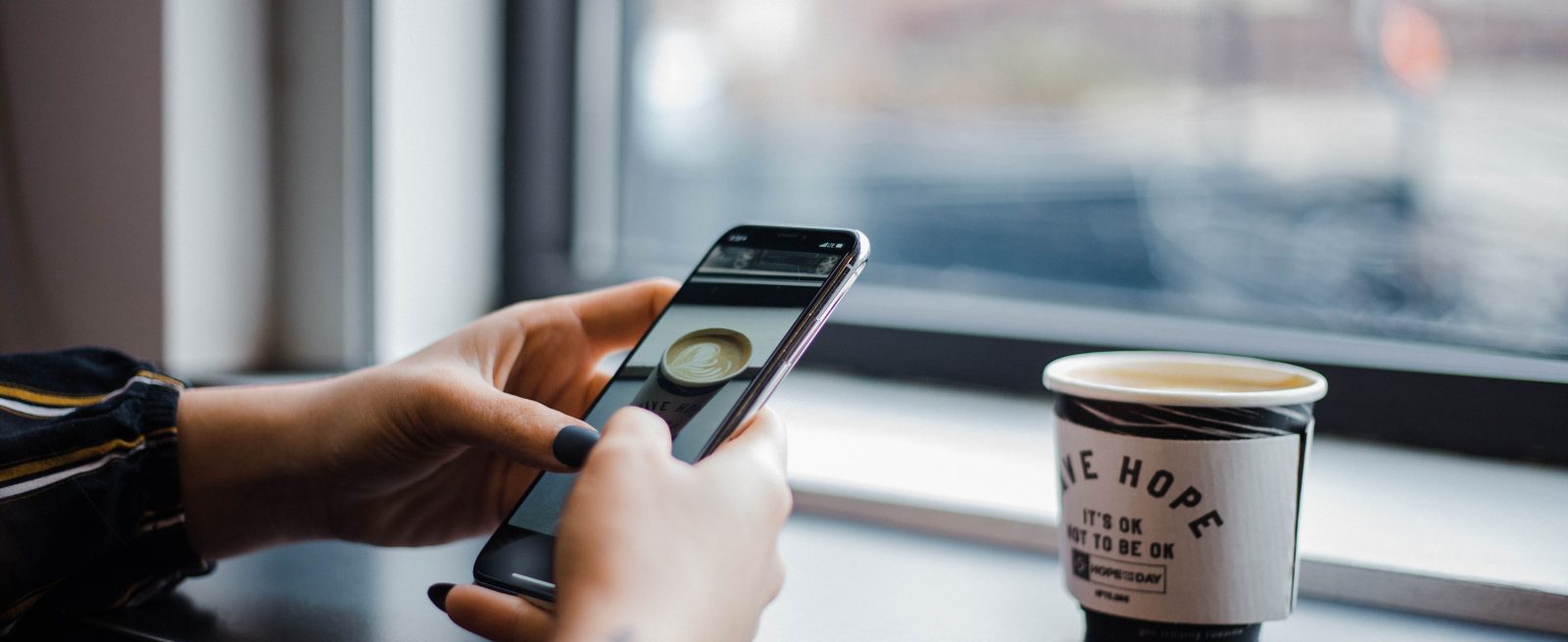Boosting Customer Engagement: Three Ways F&B Operators Can Maximize Their Mobile Strategies
5 Min Read By Anthony Stevenson
Do you have a mobile strategy designed to drive customer engagement at your restaurant? Do you have a mobile app that diners find valuable and useful, and does it work to optimize marketing and advertising that can drive more customers through the door? What if your mobile strategy could work much harder for you, leading to increased visits, higher checks and more covers? Our research proves that it can.
Eagle Eye’s 2018 industry survey called Changing Tastes & Flavors, looked into the changing dining habits of 2,000 Canadian consumers and how 200 of the food and beverage (F&B) operators serving them plan to adapt. The survey revealed that launching a mobile app was currently the biggest priority for F&B operators, with 54% saying it was extremely important for their business.
If mobile strategies are top of the agenda for a majority of the Canadian F&B industry, what are restaurant owners and operators doing to optimize those strategies? What’s the ‘recipe’ for staying ahead?
F&B operators should focus (or refocus) their mobile strategies to cover these key areas:
- Combining loyalty and digital sales and marketing strategies via mobile to boost engagement;
- Engaging customers via mobile at crucial moments of decision-making to increase sales and frequency; and,
- Integrating mobile customer data with data from other sales and marketing channels and external sources to deliver personalized, on-time offers to boost traffic and check average.
Optimizing your mobile strategies in these three ways can help your restaurant engage with customers more effectively, increase customer traffic volume to your restaurant, and ultimately help you boost sales and revenue.
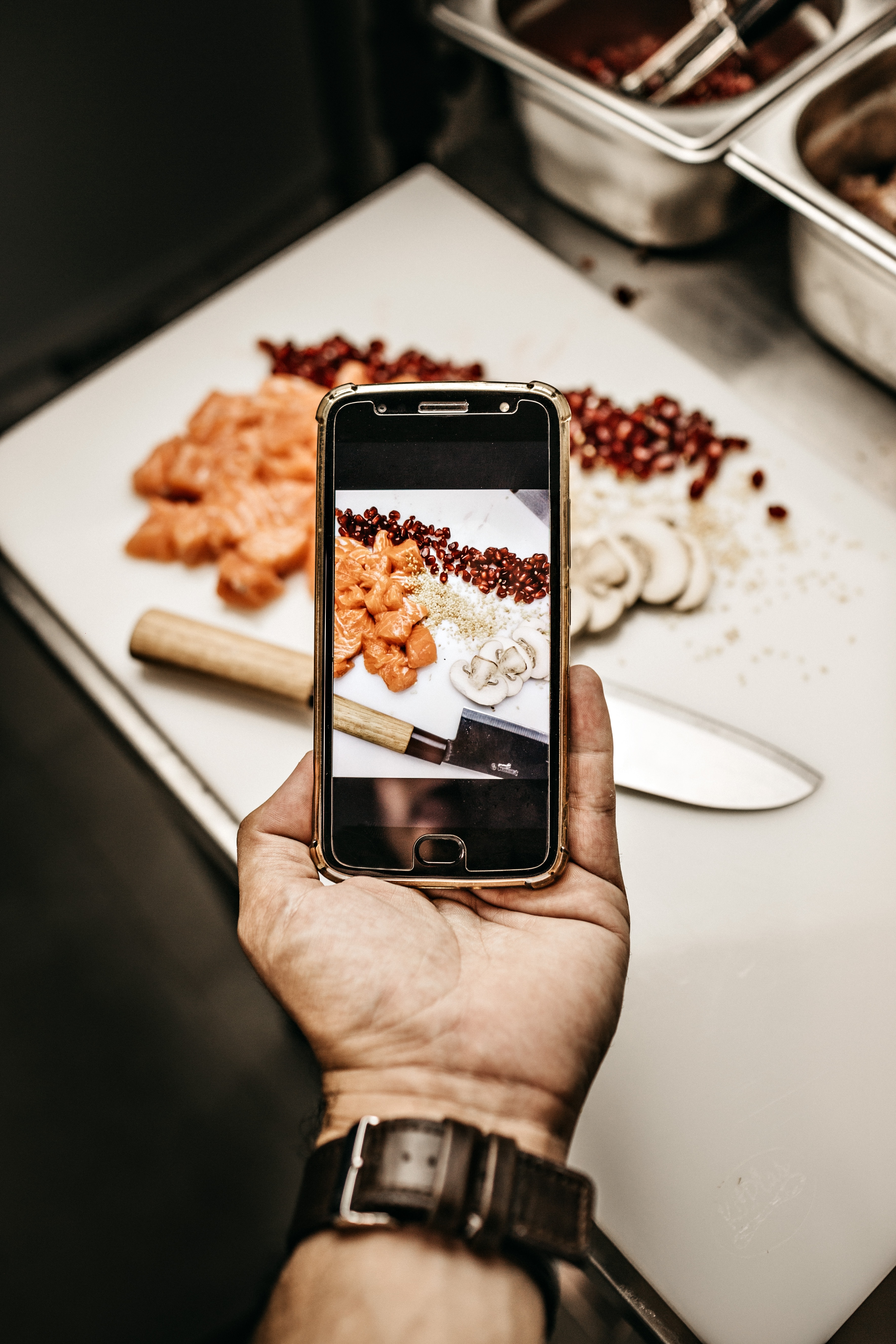
The Core Ingredients to Customer Engagement: Loyalty and Mobile
Loyalty programs are common in today’s F&B industry; 65 percent of operators have one in place according to our research. But what happens to customer engagement when loyalty and mobile strategies combine? Traditional, transactional F&B loyalty tactics – the multi-visit punch card, continuity scheme or accrued points for discounts or free items – are effective at rewarding repeat customers. But they don’t necessarily maximize customer acquisition and conversion or retention engagement by building emotional loyalty with the brand.
Restaurants can – and should – leverage the mobile channel to give customers a reason to engage with their brand beyond offers and discounts.
Mobile loyalty solutions on the other hand (such as apps, for example) give operators more opportunities to deliver varied and better personalized content and loyalty-based offers to customers – both on and off-premise, at the right time and place. However, our research shows that in the space of three months, only one in 10 consumers received a mobile offer from a restaurant.
There’s clearly a big opportunity for restaurant owners to incentivize and activate their customers, if they can effectively target and engage them on their mobile devices. Additionally, our research shows 35 percent of consumers also share experiences or write a review from time to time after enjoying a meal. Ensuring customers have a platform, like social media, to share reviews from their mobile device is another way to boost engagement. Offers are an effective way to encourage customers to leave a review – one in four millennials is willing to write a review about their experience after receiving an offer according to our research. Encouraging reviews not only helps boost your restaurant’s profile and reputation, it represents another way for your customers to engage with your brand.
Location Is Everything in Mobile Marketing
For many restaurants, location is a big factor in their operation’s success. Attracting nearby customers can increase engagement, as customers value the convenience of options close to them. Our research shows almost a quarter of customers choose where to dine out based on a “near me” search results (22 percent), rising to nearly one third (30 percent) among millennials. To entice these customers, restaurateurs could deliver geo-targeted push notifications in a mobile app when customers are in close proximity to their establishment.
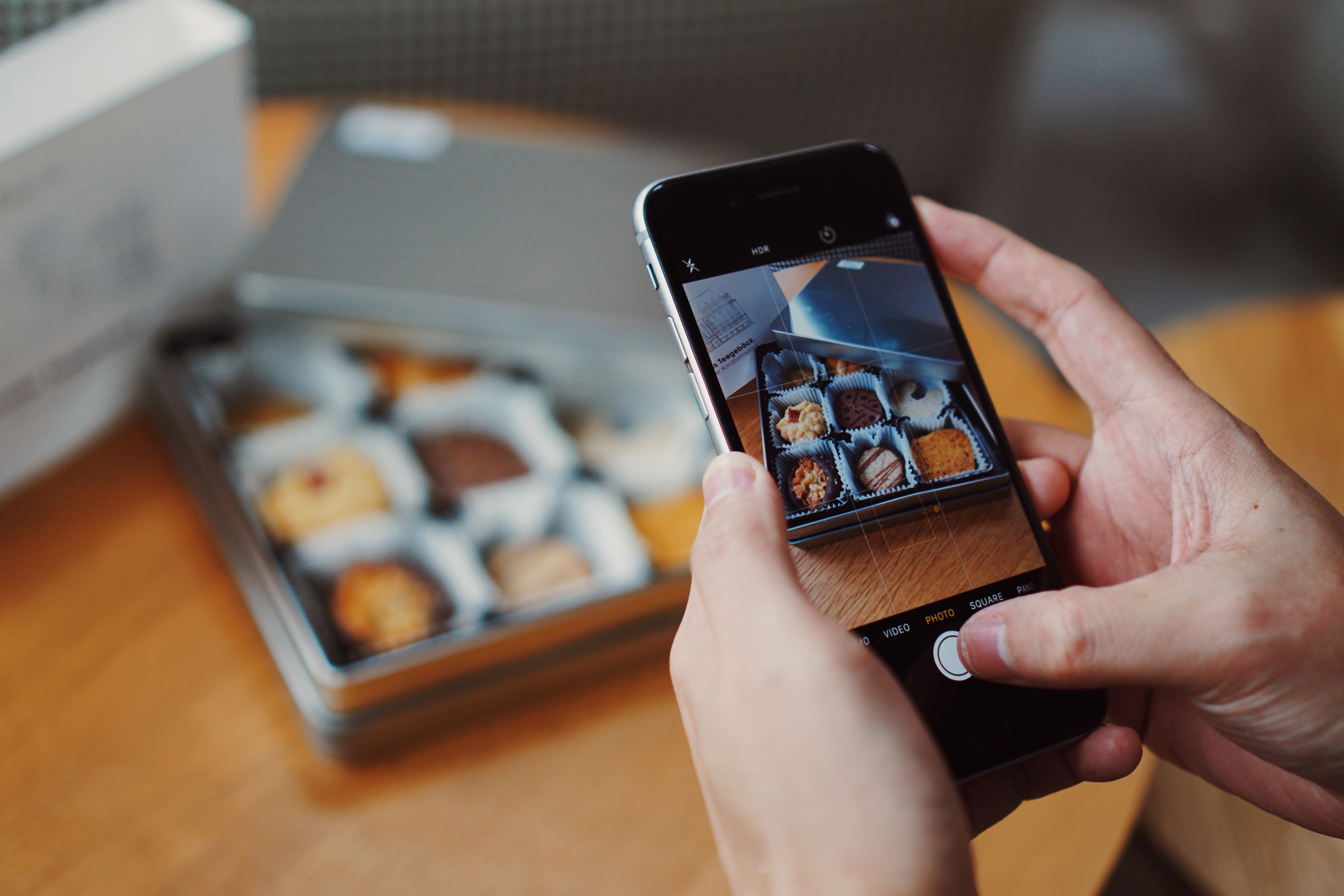
Location-based deployment ensures each customer receives their offer when they are in the right physical location to visit the restaurant, increasing the chances they’ll do just that. These types of offers can be tailored to individual customers by connecting data from an existing loyalty program or customer relationship management system to determine the time and offer type that will resonate most.
Delivering offers based on location isn’t the only mobile functionality that can have a positive impact on customers’ behaviors, though. Restaurants can – and should – leverage the mobile channel to give customers a reason to engage with their brand beyond offers and discounts. This can include app features like order-ahead and pay-at-table, or integration with a third-party home delivery service, or gamification of loyalty rewards within the app.
All of these functions give diners an opportunity to interact with the brand both inside and away from the restaurant or venue, and with those additional interactions, the restaurant can connect with customers when it matters most – when launching a new special, for example, or needing to fill a last minute large-party cancellation.
Connect Mobile Data with Data from Your Other Marketing Channels
To make this connection count – and to track customers’ preferences and behaviors – restaurateurs need a system to connect their mobile data in one place. Combining customer data from all sources – mobile apps, social media, email and point-of-sale – allows restaurants to understand their customers better.
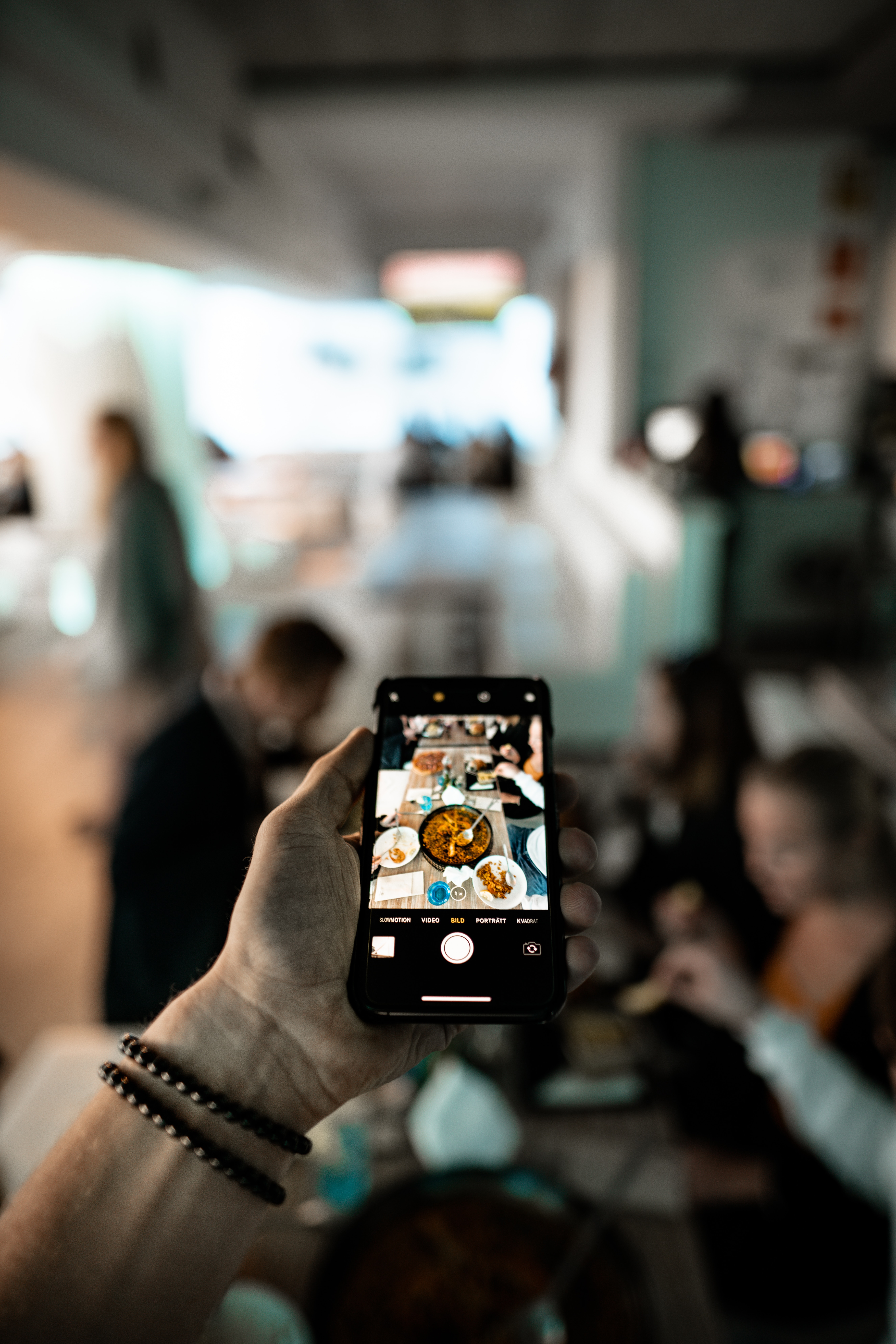
Knowing where, when and how customers interact with the venue, operators can tailor their marketing and offer strategy to drive repeat visits and more covers. For example, if a customer redeems an offer from an email promotion and scans their loyalty app at checkout, a restaurant manager can deploy a similar offer when the customer is about to achieve the next tier of loyalty status. Because the customer has both demonstrated a willingness to respond to email promotions and is an active loyalty member, this offer will more likely be redeemed.
Leveraging Tailored Offers to Boost Check Average
Personalized offers can lead to higher checks. Consider a customer who always orders the same entrée but never a dessert. If a restaurant knew this, it could send that customer a personalized offer for a discounted dessert when they next ordered their entrée. On their next visit, the customer orders their usual entrée and the dessert as well. Or the restaurant manager could even decide to send the offer to them in time for their birthday.
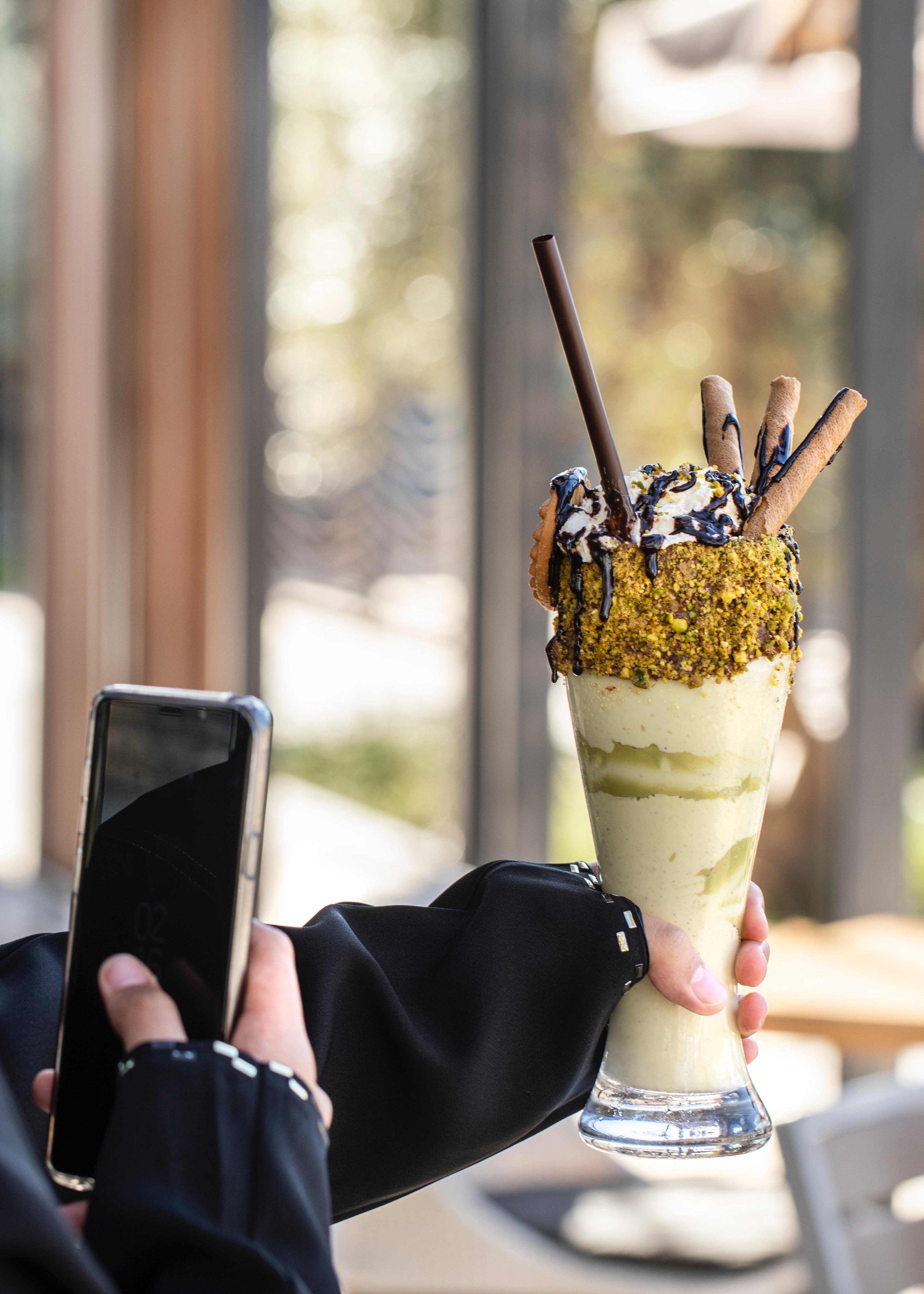
Despite these opportunities and their benefits, our research found only 36% of F&B operators with a loyalty program in place used data to deploy customized offers, and that number dropped to 21 percent for operators without a loyalty program. It’s for these reasons that connecting mobile data into a single platform is key to getting customers engaging more often and ultimately, building a winning F&B establishment.
The Key Ingredient to Successful Loyalty and Mobile Strategies: The Right Technology Partner
What’s the recipe for a consistently successful (and profitable) restaurant? Hospitality operators need to consider how their mobile and loyalty strategies work together, leverage mobile’s connectivity to deliver location-based offers and connect the wealth of data mobile provides into their other sales and marketing channels, as well as external sources, to deliver more personalized offers across the board.
Some will already have the resources in-house to make the transition to this more digitally enabled, data driven and mobile-optimized approach to loyalty. But, for those who don’t, there are technology partners who can help ease the transition. Whichever route you take, ensuring your mobile marketing works harder means your restaurant can go head-to-head with its fiercest competitors and generate long-term customer loyalty that drives revenue in a sustainable way.

